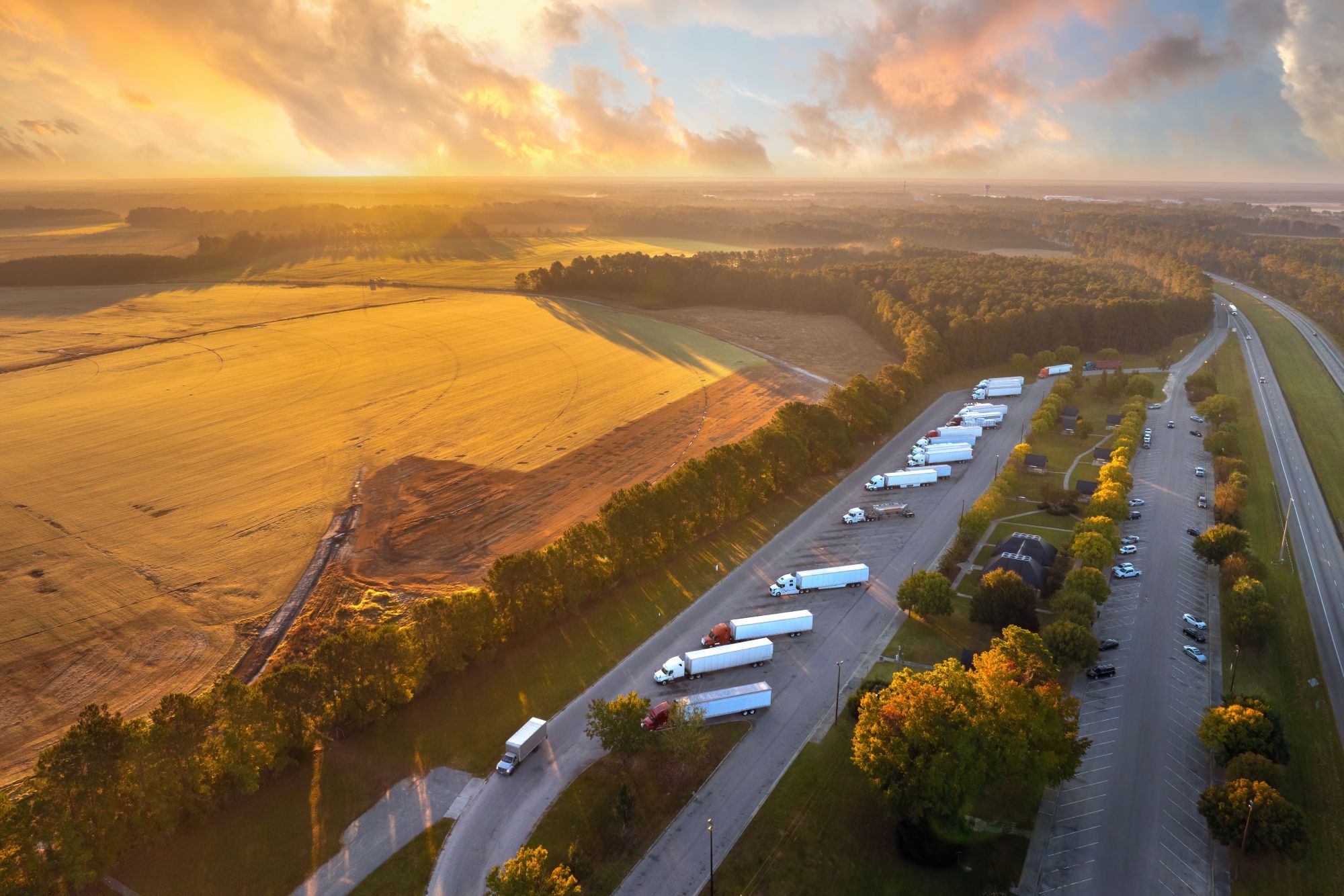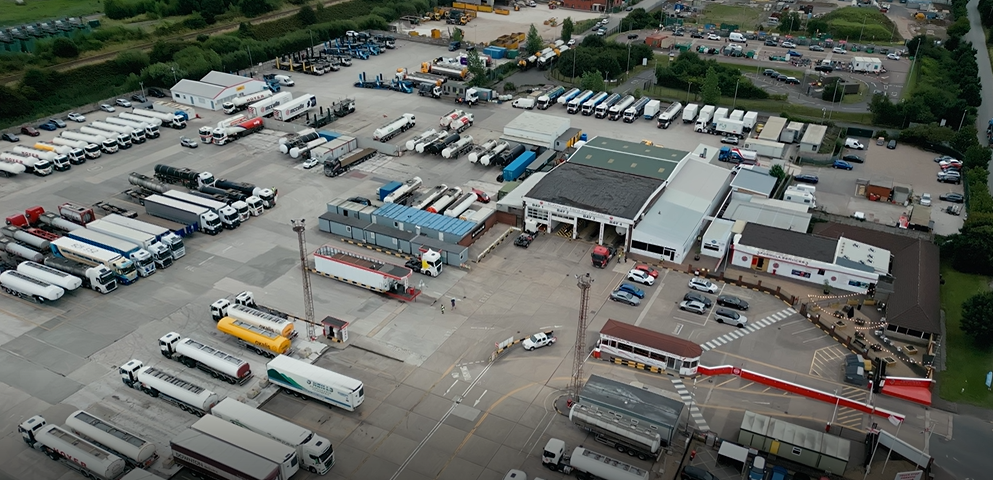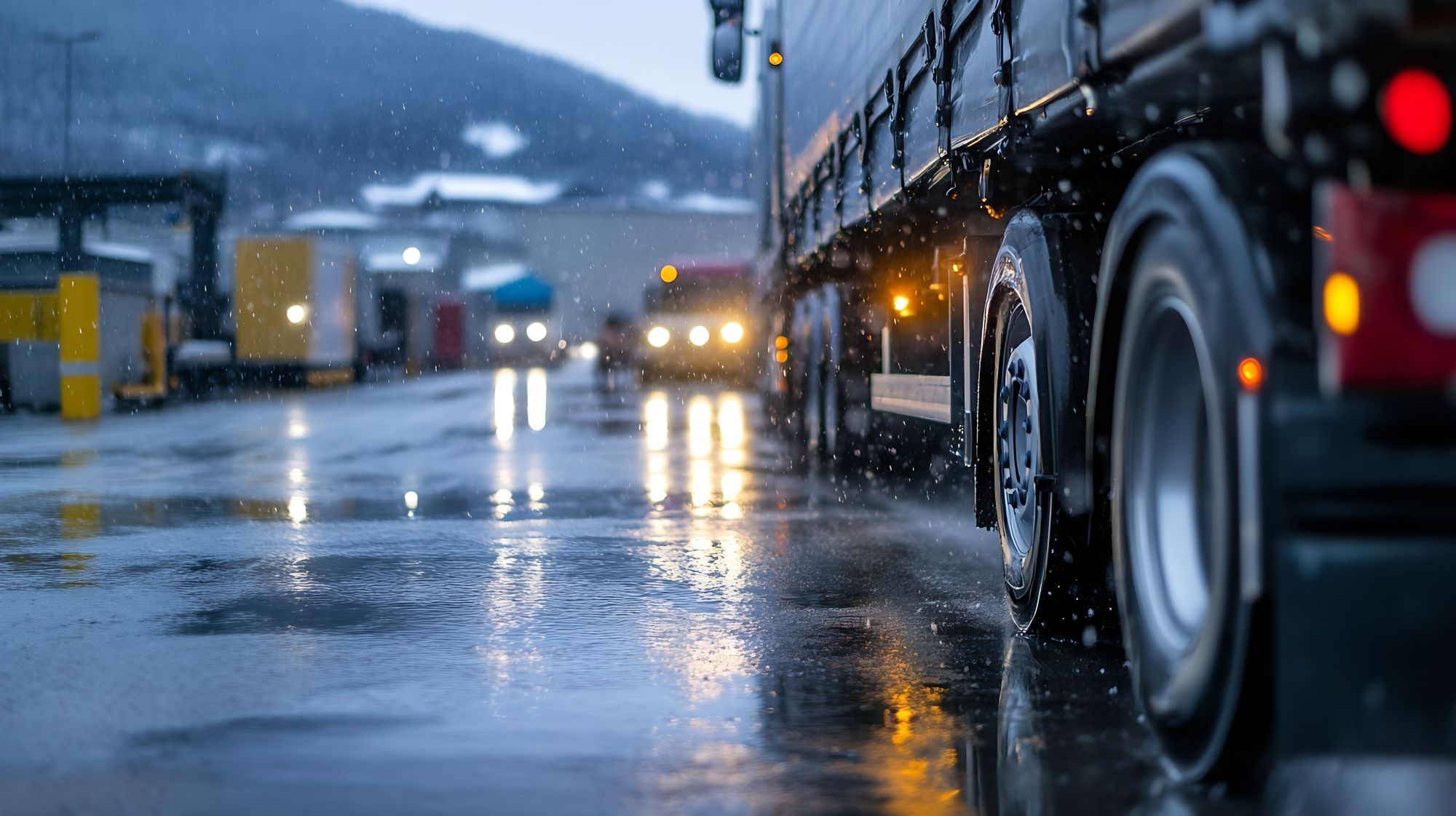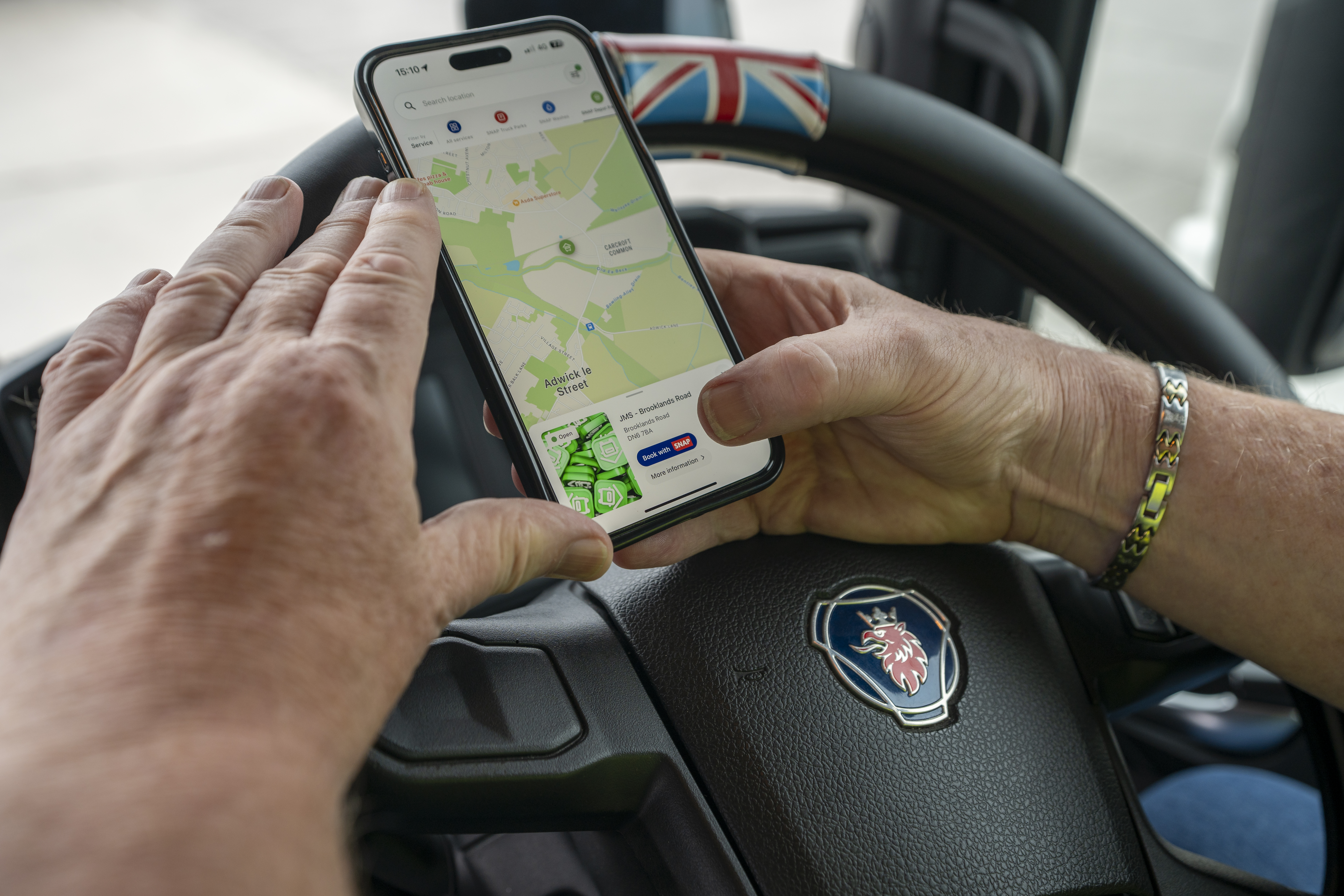
Miranda Blake
Routenoptimierung mit Flottenmanagement-Software - SNAP Account
Erstellt: 18.11.2024
•
Aktualisiert: 18.11.2024
Die Optimierung von Routen ist für Flottenbetreiber, die Effizienz und Kosteneffizienz anstreben, von größter Bedeutung. SNAP Account bietet einen umfassenden Ansatz für die Routenoptimierung, der sicherstellt, dass sowohl Fahrer als auch Flottenmanager die komplexen Gegebenheiten auf der Straße problemlos bewältigen können. Lassen Sie uns die verschiedenen Aspekte der Routenoptimierung näher beleuchten und ihre Vorteile und Gesamtauswirkungen hervorheben.
Verständnis der Routenoptimierung
Bei der Routenoptimierung geht es um die strategische Planung von Fahrwegen, um die Effizienz zu steigern, die Kosten zu senken und die Bereitstellung von Dienstleistungen zu verbessern. Das Hauptziel besteht darin, die besten Routen für Fahrzeuge zu bestimmen, wobei Faktoren wie Entfernung, Verkehrsmuster und Lieferpläne berücksichtigt werden.
Wichtigkeit der Routenoptimierung
Kostenreduzierung: Durch die Minimierung der Fahrstrecke und -zeit können Unternehmen ihre Treibstoffkosten und den Fahrzeugverschleiß erheblich senken. Gesteigerte Kundenzufriedenheit: Pünktliche Lieferungen erhöhen das Vertrauen und die Zufriedenheit der Kunden und führen zu Folgegeschäften. Erhöhte Produktivität: Durch eine effiziente Routenplanung können die Fahrer mehr Aufgaben in kürzerer Zeit erledigen, was die Gesamtproduktivität erhöht.
Schlüsselfaktoren der Routenoptimierung
Verkehrsbedingungen: Echtzeitdaten können bei der dynamischen Anpassung der Routen helfen. * Fahrzeugkapazitäten: Die Grenzen und Fähigkeiten der einzelnen Lkw zu kennen, ist entscheidend für eine effektive Planung. * Lieferzeitfenster: Die Einhaltung bestimmter Zeiten ist für die Kundenzufriedenheit von entscheidender Bedeutung.
Routenoptimierung mit SNAP Account
Unsere [Flottenmanagement-Software] (https://snapacc.com/fleet-operators/), SNAP Account, ist revolutionär. Sie wurde entwickelt, um verschiedene Aspekte des Betriebs zu rationalisieren, einschließlich der Routenoptimierung, und verbindet Fahrer, Flottenbetreiber und Dienstleister über eine integrierte Plattform. Das Ergebnis ist eine nahtlose Kommunikation und Effizienz.
Echtzeit-Truckstop-Informationen
Über die [intruck-App] (https://intruckapp.com/) und unsere [Karte] (https://snapacc.com/map/) bieten wir Zugang zu einem Netz von über 600 Servicepartnern in ganz Europa, darunter LKW-Parkplätze, Waschanlagen und Tankstellen. Diese Informationen können Flottenbetreibern dabei helfen, ihre Fahrten effizienter zu planen, indem sie günstige Haltepunkte identifizieren.
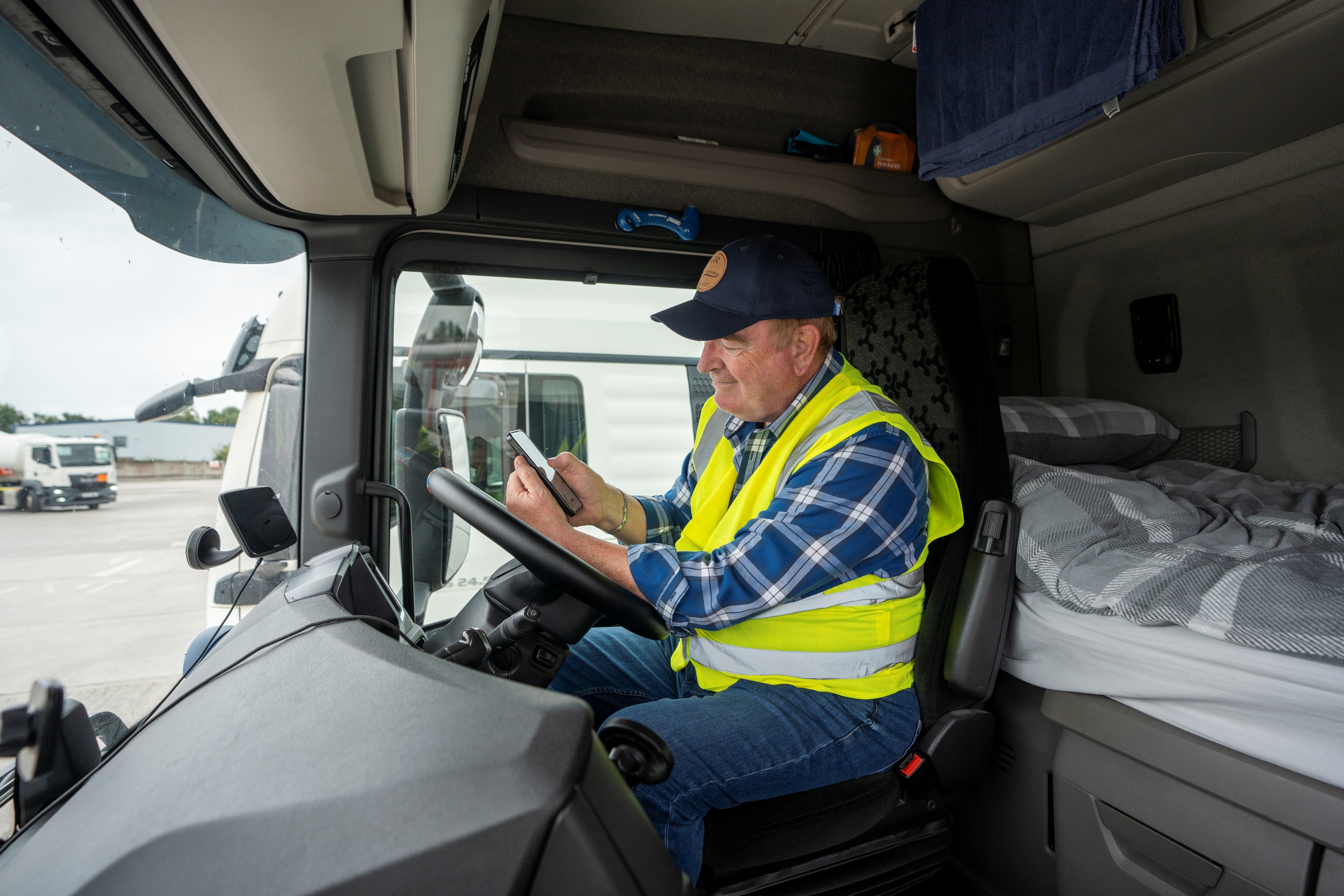
Vorbestellungsmöglichkeiten
Die Plattform ermöglicht den Nutzern die Reservierung von Plätzen an über 160 Depot-Parkplätzen, was ihnen hilft, Zeitverluste zu vermeiden und möglicherweise ihre Routen so zu optimieren, dass sie im Voraus gebuchte Haltestellen einschließen.
Umfassendes Dienstleistungsnetz
Mit dem SNAP-Konto können Fahrer an zahlreichen Standorten in ganz Europa verschiedene Dienstleistungen wie Parken, Waschen und Tanken in Anspruch nehmen. Dieses umfangreiche Netzwerk kann zu einer flexibleren und effizienteren Routenplanung beitragen.
Digitale Verwaltung
Unser Portal ermöglicht es Flottenbetreibern, mehrere Lkw-Dienste für alle ihre Fahrzeuge über ein einziges Konto zu verwalten.
Möchten Sie wissen, wie SNAP Account das Flottenmanagement in der Praxis verbessert? Entdecken Sie, was wir für Delintra SP. Z.O.O. getan haben.
Rolle des Kraftstoffmanagements
Ein effektives Kraftstoffmanagement ist ein wesentlicher Bestandteil der Routenoptimierung. SNAP Account enthält Tools, die Fuhrparks bei der Überwachung und Kontrolle des Kraftstoffverbrauchs unterstützen.
Tankkarten-Alternative
Als Alternative zu herkömmlichen Tankkarten ermöglicht [SNAP Fuel] (https://snapacc.com/snap-fuel/) ein nahtloses Kraftstoffmanagement.
Kostentransparenz: Fuhrparkbetreiber können auf detaillierte Berichte über die Ausgaben zugreifen, die ihnen helfen, Trends und verbesserungswürdige Bereiche zu erkennen. Rabatte: Durch die Partnerschaft mit Certas Energy können wir den Nutzern des SNAP-Kontos vergünstigte Kraftstoffpreise anbieten und so die Betriebskosten weiter senken.
Verbesserung des Fahrerlebnisses
Eine gut optimierte Route kommt nicht nur dem Fuhrparkbetreiber zugute, sondern verbessert auch das Gesamterlebnis für die Fahrer.
Vereinfachte Zahlungsprozesse
Die Plattform rationalisiert diese Prozesse für die Fahrer und macht Bargeld oder Tankkarten überflüssig.
- Sofortige Zahlungen: Sie können für Dienstleistungen mit ihrem Kfz-Kennzeichen bezahlen, was die Transaktionen vereinfacht. Reduzierter Papierkram: Alle Ausgaben werden in einer einzigen Rechnung zusammengefasst, was den Verwaltungsaufwand reduziert.
Da sich die Branche ständig weiterentwickelt, ist die Übernahme technologischer Fortschritte entscheidend, um wettbewerbsfähig zu bleiben. Flottenbetreiber, die ihre Routen optimieren und die Gesamteffizienz verbessern wollen, sollten SNAP Account als primäre Flottenmanagementlösung in Betracht ziehen. Es verbessert nicht nur die betriebliche Leistung, sondern trägt auch zu einer nachhaltigeren Zukunft der Transportbranche bei.
Wenn Sie die Vorteile für Ihren eigenen Betrieb nutzen möchten, rufen Sie uns unter +44 (0)1603 777242 an.
